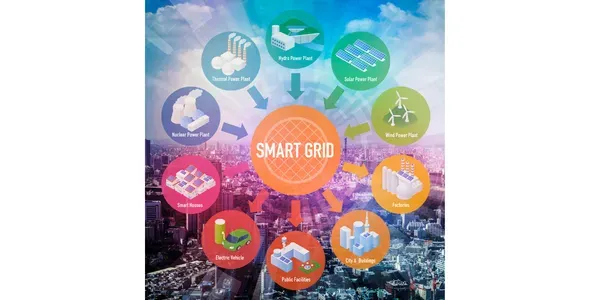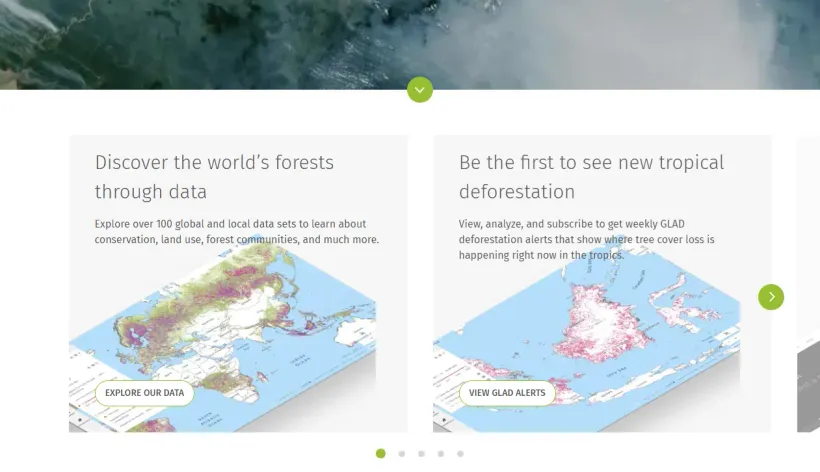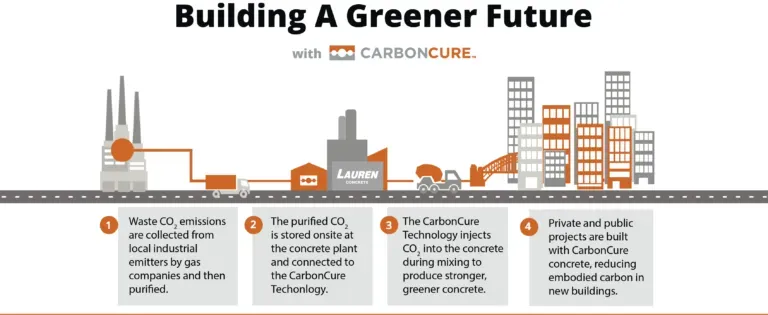!
Let’s green IT!
byKarolina Czapla
Apr 22, 2023

How did I even get the idea to write this article? Before joining the Department of Web, I was actively involved in Corporate Social Responsibility (CSR) Marketing and educating consumers on climate change and food waste.
For the past year, I have been implementing and learning about a technology industry that was entirely new for me. I had to be updated about apps (yes, I’ve learned that you can have an app for everything — thanks, teammates!), technological possibilities, projects, and solutions I had no idea about.
However, deep down, I’m still drawn to old “eco-times,” It especially awakens in me in the spring. I decided to fuse my old and current job and write an article on how the IT industry influences climate change reduction by focusing on three groundbreaking solutions: smart grids, remote sensing, and carbon footprint tracking tools.
This article is meant to be light-hearted, so I will spare you the devastating data on how it affects our planet. Those with solid nerves will find it here.
Smart Grids
Smart grids represent a transformative approach to managing energy systems, combining advanced digital technologies with traditional power infrastructure.
These grids enable better communication, coordination, and control over energy consumption, paving the way for more efficient and sustainable energy use.

Software teams play designing algorithms and applications that facilitate real-time monitoring, demand response, and the integration of renewable energy sources. They integrate various components, such as renewable energy sources, energy storage systems, and smart meters, to create a more responsive and adaptive network. See what this looks like in practice:
Energy storage systems, such as batteries or pumped hydro storage, store excess electricity generated during low-demand or high-renewable energy generation periods. This stored energy can then be released back into the grid when needed, helping to maintain grid stability and meet demand — additionally, smart grids support distributed generation. Small-scale power sources like rooftop solar panels, microgrids, or combined heat and power systems can supply electricity locally, reducing the need for long-distance transmission and improving overall efficiency. This could be irreplaceable in light of the whispering global energy crises.
One example of a groundbreaking intelligent grid solution is AutoGrid. This software platform uses artificial intelligence and big data analytics to optimize energy consumption and reduce emissions. By analyzing vast amounts of data, AutoGrid allows utilities and energy consumers to make smarter decisions, thereby reducing the overall carbon footprint of the energy sector.
Remote Sensing
Satellite imagery and aerial photography, for example, have been helpful in monitoring and assessing the effects of climate change. Moreover, play a vital role in studying climate change by measuring essential climate variables like temperature, precipitation, sea level, ice cover, and vegetation. These data help scientists understand the Earth’s climate system dynamics, predict future changes, and develop strategies for mitigating and adapting to climate change.
With this technology, we can provide essential data for weather prediction and atmospheric modeling, improving the accuracy of short-term and long-term forecasts. This information is vital for aviation, agriculture, disaster preparedness, and other industries that depend on accurate weather data.
Global Forest Watch is an example of a remote sensing solution (GFW). This platform uses satellite data and cloud computing to monitor deforestation and forest degradation in real-time. GFW has become a valuable tool in the fight against deforestation and a significant contributor to global greenhouse gas emissions by providing actionable information to governments, NGOs, and private sector actors.

Monitoring and evaluating the effects of climate change has significantly benefited from remote sensing technology such as satellite imaging and aerial photography.
Global Forest Watch is one example of a remote sensing system (GFW).
This technology uses cloud computing and satellite data to track real-time forest deterioration and deforestation.
Carbon Footprint Tracking Tools
Individuals, solopreneurs, businesses, and organizations must identify their carbon footprint to reduce greenhouse gas emissions. The global carbon footprint of the information and communications technology (ICT) sector has been estimated to be nearly 1% of total global greenhouse gas emissions. Yet, software teams have been at the forefront of developing tools and applications that aid in tracking and managing carbon emissions, allowing users to make more informed decisions and move toward a lower-carbon lifestyle.

One such tool is the CarbonCure technology, which assists concrete producers in lowering their carbon footprint. CarbonCure technology allows concrete to retain CO2 permanently by injecting recycled CO2 into the concrete during manufacture, reducing overall emissions related to concrete production.
With an increasingly volatile climate, every industry must contribute to mitigating global warming and environmental degradation. Software development teams and businesses are no exception. They have the potential to create game-changing solutions to combat climate change thanks to their unique skills and knowledge.
Software teams and companies can demonstrate their commitment to the planet and contribute to developing a more sustainable future by actively participating in environmental efforts.
The contribution of the IT industry to improving climate change action is commendable, accounting for 1% of global greenhouse gas emissions. What do you think?
Celebrate International Earth Day with me by leaving applause for this article.
Karolina Czapla
A Marketer who is slowly making herself at home in the world of WordPress and technology. She is adept at digital strategy, consumer research, and communicating with clients about technology brands. Her posts cover all the digital challenges facing users, as well as UX writing, benefit and value language, and social media communication tips.
Privately, a mother of 3 cats, always ready to provide her team with team-building and wellbeing experiences. A million ideas per minute and the colorful bird of our team.
